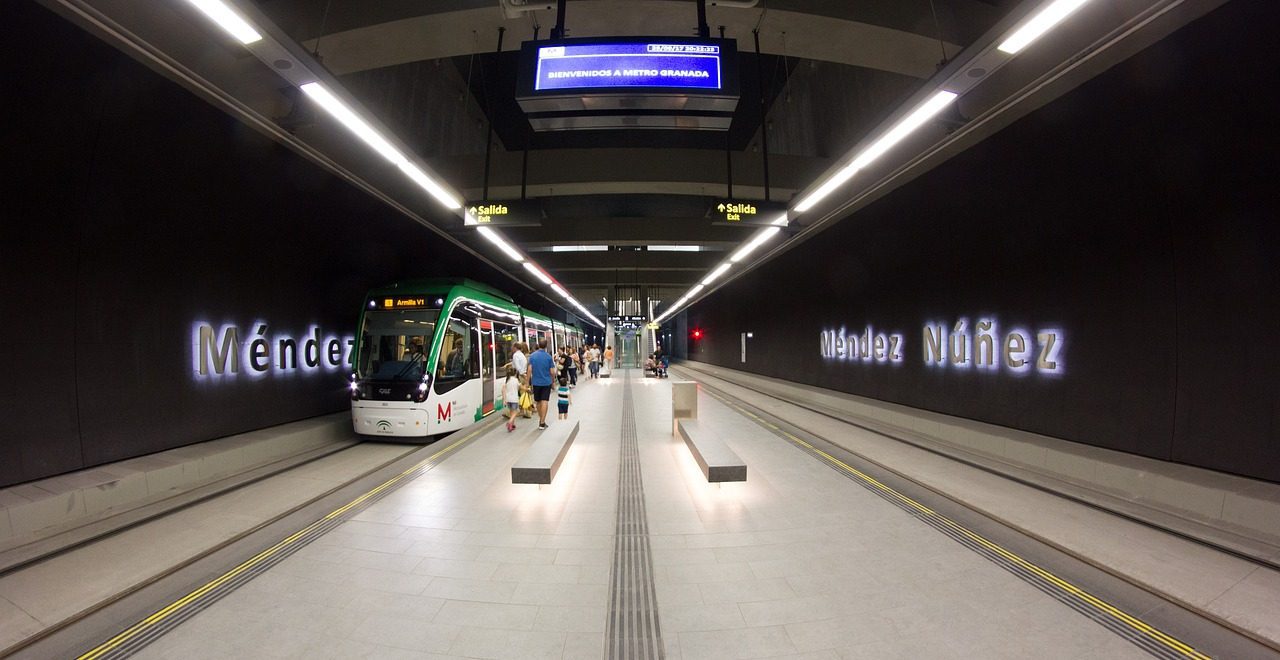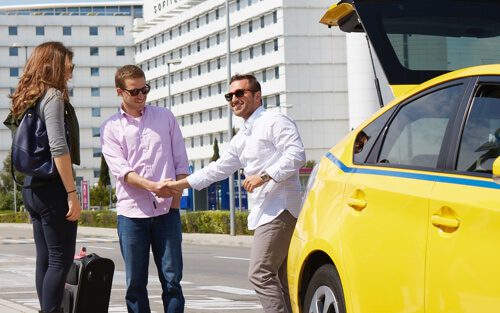Granada is a relatively small city with a lot of easy access. Furthermore, most of the major attractions for visitors are within close proximity to one another. So you shouldn’t have too much difficulty getting around on foot. That being said, parts of the city tend to be hilly. Whilst this provides the gorgeous views and variety in features within the city, it can also make walking a challenge. Also, if time is short, alternative methods may be more appropriate. This guide will cover the main forms of public transport for getting around Granada.
Public Buses
The bus network is the major way of getting around the city. City buses are bright red and common throughout. There are six official routes which traverse the centre of the city. These are: C5, C30, C31, C32, C34 & C35. They can be especially useful to get to the more difficult to ascend attractions. The Alhambra and its sights can be reached by bus C30 from the centre, which is by the Calle Palacios. The Albaicin can be reached from the centre via the C31, and the C32 runs between The Alhambra and Albaicin. There are also a couple of night bus services, the 111 and 121. These run between 00:00 and 06:00 am.
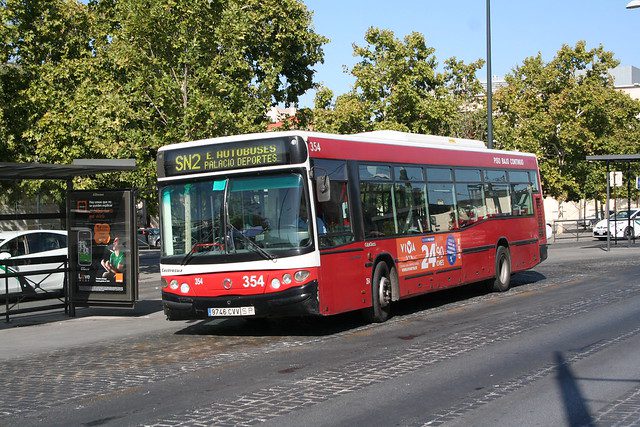
Tickets typically cost €1.40 for one way standard bus and can be bought at vending machines at bus stops. Children under 6 travel free. Night bus tickets are €1.50. They must be validated at a machine before riding the bus. Once it is validated it can be used across other buses for 60 minutes. Alternatively, you can buy a CREDIBUS ticket, with a pre-loaded fare on it. These have a €2 deposit cost, plus the amount of credit on them. From then on, each journey is significantly cheaper. They are €0.87, €0.85 or €0.83 depending on which card you ordered: €5, €10 or €20. These can be found at kiosks, tobacco sellers and bus drivers. They can also be topped up again if need be. Here is a map of the city’s bus routes.
Bicycle/Scooter
Should you be interested in getting around faster yet without paying fuel prices, bicycles are a good choice. You can see many of the city sights in an accessible way. There are a number of companies that provide bicycle rental services in the city. Just like with walking, however, it may be more difficult than other flatter cities. The hills can be quite challenging. If you plan to cycle in Granada, make sure you are prepared for it. Also, much of the year can be very hot, so it is worth taking that into account.
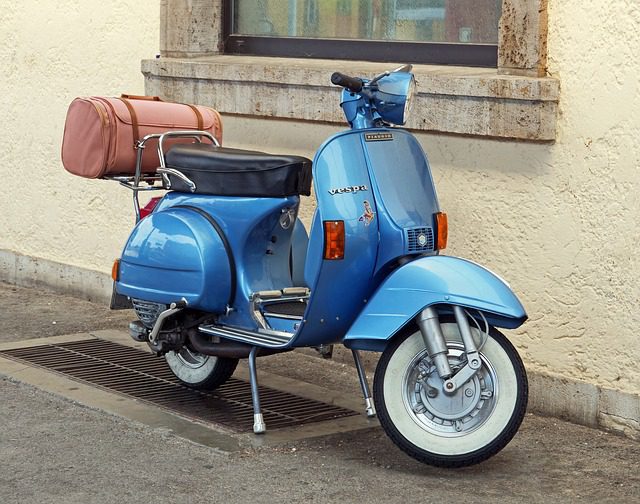
Alternatively, a scooter might be a preferable option. The cost per mile for fuel is very low and it is a fun way to get about. It is a very common mode of transport and a sight you will see a lot of. Many vehicles hire companies to include scooters in their fleet, and they are easy to find. You must have a valid driving licence for riding them, and wearing a helmet is a legal requirement. That being said, there is a small engine size scooter known as a ciclomotor which does not require a licence to drive.
Taxi
These can be seen throughout the city. They are notably white, with the city crest and a green stripe. They should also feature the driver’s licence number on the side. If they are vacant, they will feature a green light and can be hailed on the street side. There are also many to be found at public squares and central streets. Fares will include flag down the fare, minimum charge, kilometre charge and any extras, such as nighttime, luggage, public holidays, etc. Prices across the city centre should be around €5-€7. Tips aren’t expected but change can be rounded up. There are also a few radio taxi services, but these may cost slightly more.
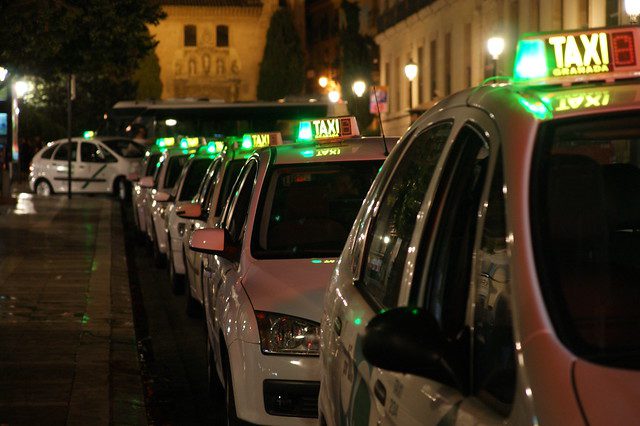
Car Hire
If you have hired a car from the airport, or feel it is necessary to rent one in the centre of town, then you can also do this. Granada is, however, full of small, one-way, streets and can be difficult to drive in. It is also small enough to not really need car travel. You will need to have a valid driving licence and international drivers permit if your licence is registered outside the EU. Parking can also be a bit difficult or add up to being relatively expensive. That being said, you may wish to make use of the freedom for regular excursions outside the city.
Train
There isn’t a train service that covers the city or metro service. The use of the train is for wanting to travel regionally. The station can be found in the centre of town, and this is an easy way to get to other cities in Spain, like Cordoba and Almeria. Ticket prices are likely to start from €15 for inter-city travel. Being a nice central location, it is a good alternative entry to the city than an intercity bus. RENFE is the governing body for the Spanish train service.

